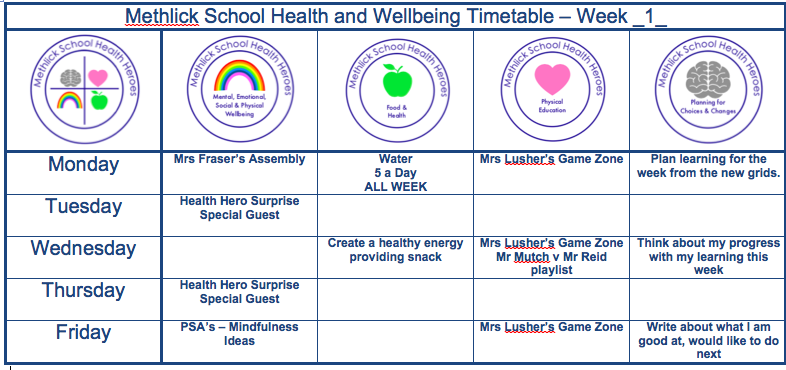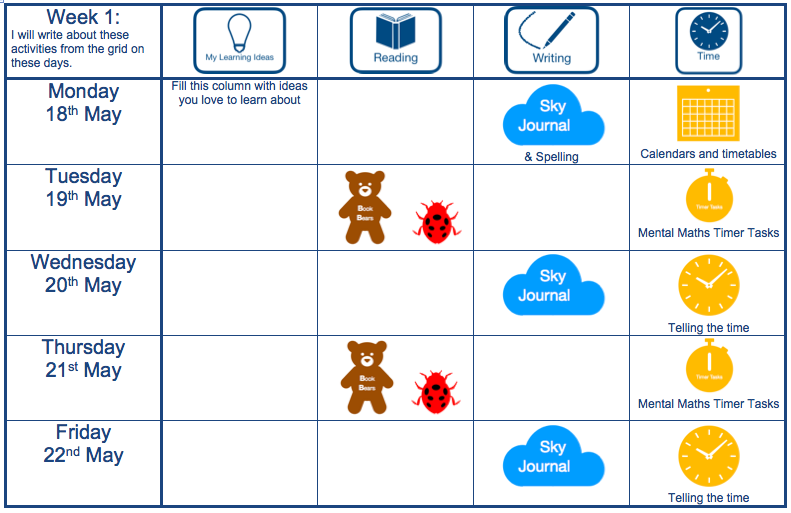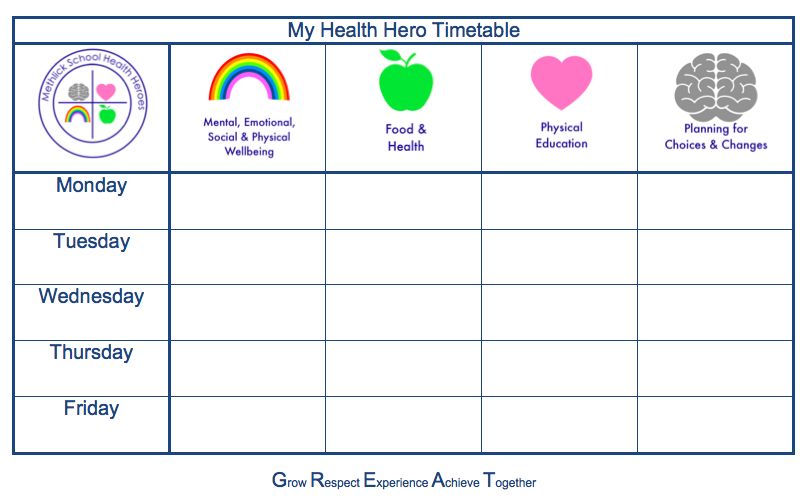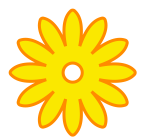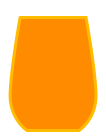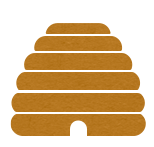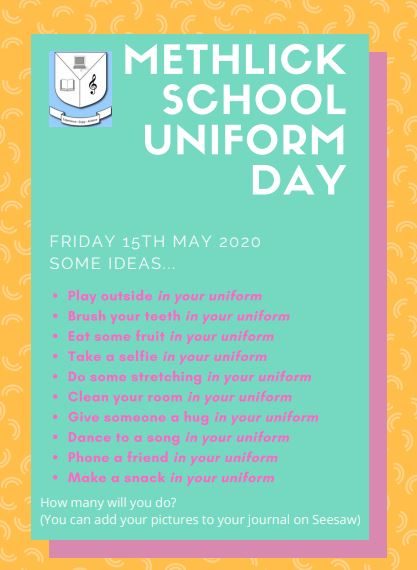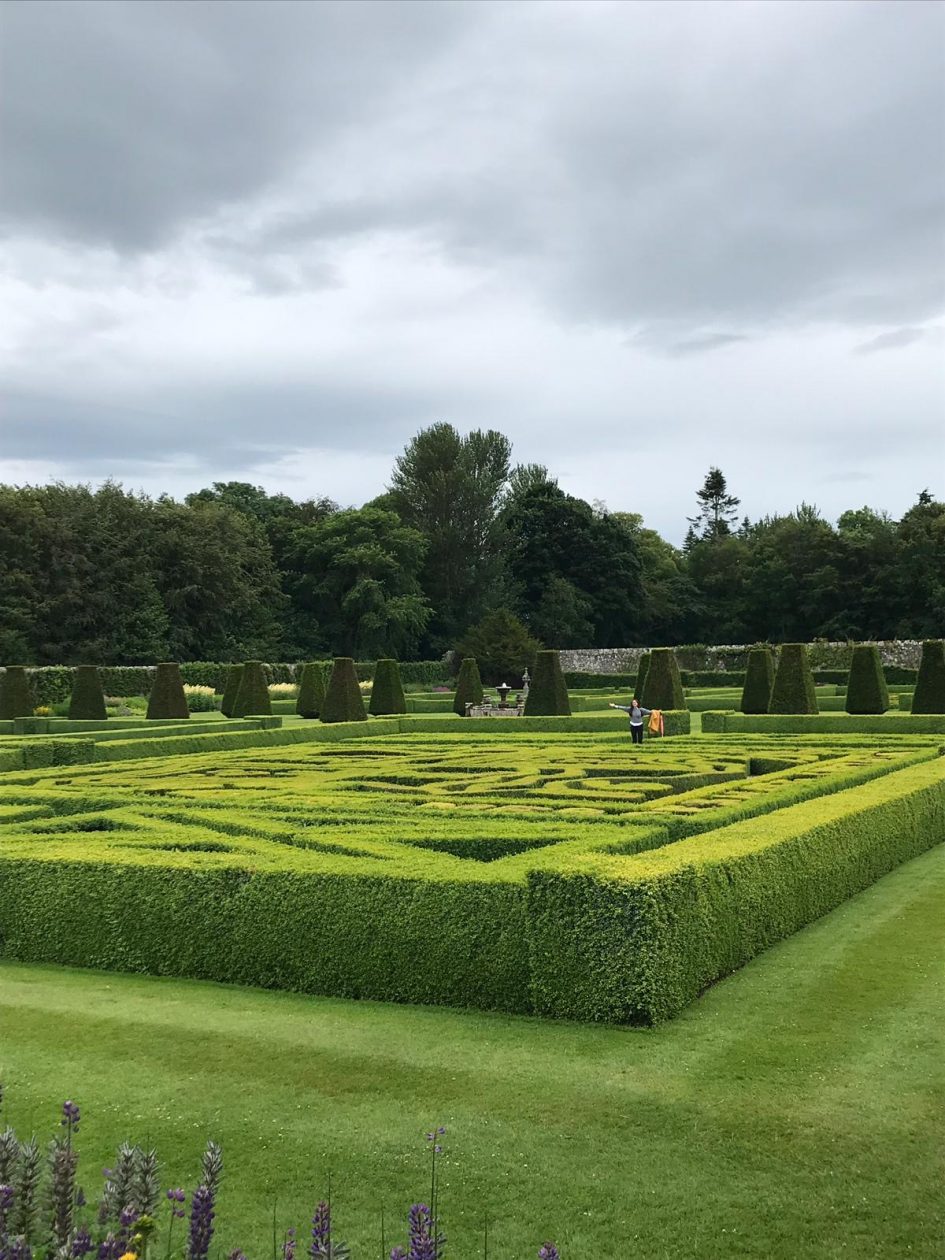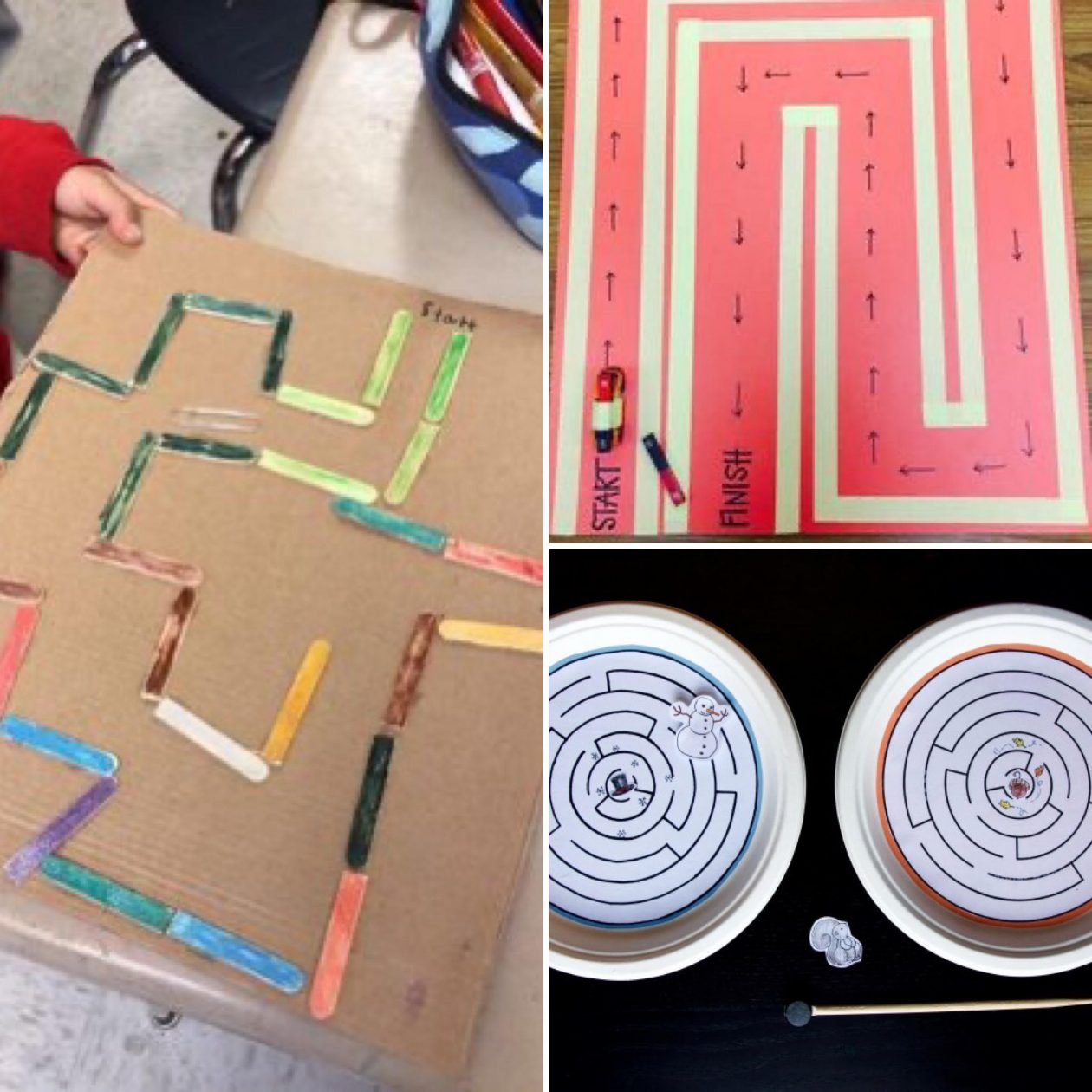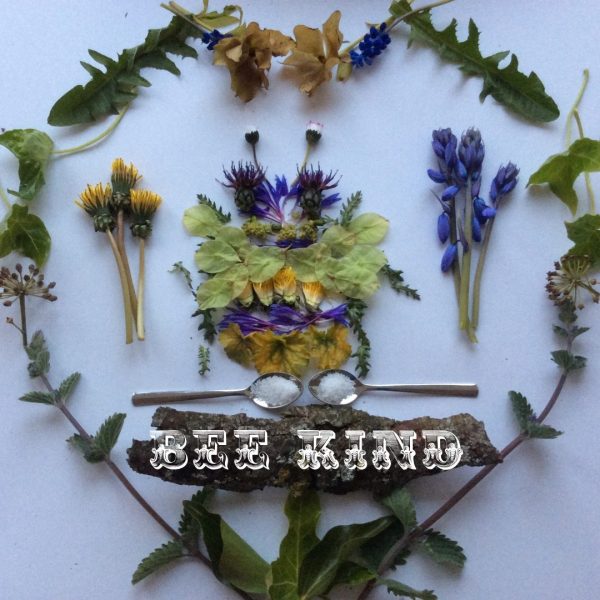During the next fortnight we will be learning about time across the school. Take a look at the timetable for Week 1 of ‘Health Fortnight’.
Haven’t Miss Deans and the Health Group been busy planning an action packed ‘Health Fortnight’ for us?
Calendars and timetables can help you plan what you would like to do when.
Take a look at this timetable – it is for children who are interested in taking part in the mild challenges.
It uses pictures to show when the mild literacy and numeracy learning activities will be shared this week.
Did you notice that it has a blank column?
This is for filling with learning ideas? Having an interest, a hobby, a craft, a sport that you love doing, learning more about can help to make you very happy. That makes this column very important. I can’t wait to find out what ideas everyone has.
How are you going to plan what you will learn to do this week?
I got a shock last week when I looked at how many steps I had taken each day. I was spending far too much time sitting and looking at a computer screen. I often work in the kitchen because the internet signal is best in there but I am far too close to the kettle and the biscuit tin! No walking and too many snacks!
Clearly I was not looking after my health and was not very good at planning my time so I have had a go at writing out a timetable for this week.
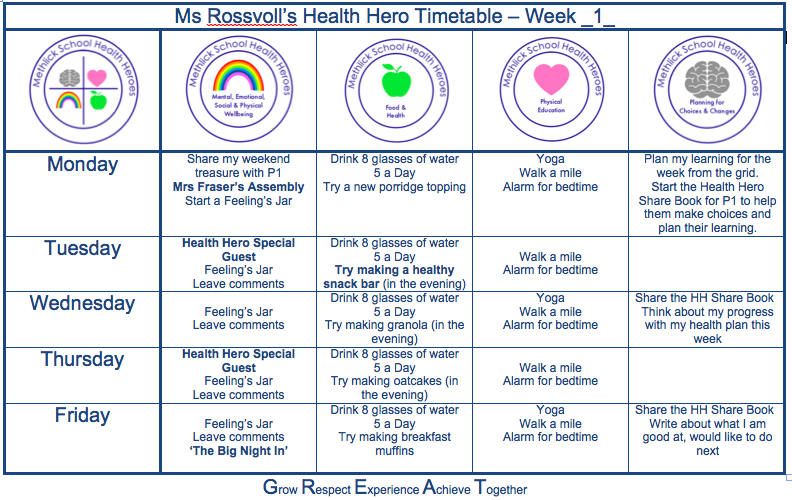
Can you see what I am planning to make more time to do?
I know that I need to make the effort to walk more and eat more healthy snacks. I am feeling quite calm and positive now that I have a plan. I will update you with my progress on Wednesday.
Here are some blank timetables for you to plan with.
If it’s not possible to print the timetable have a go at designing your own, much more fun!

